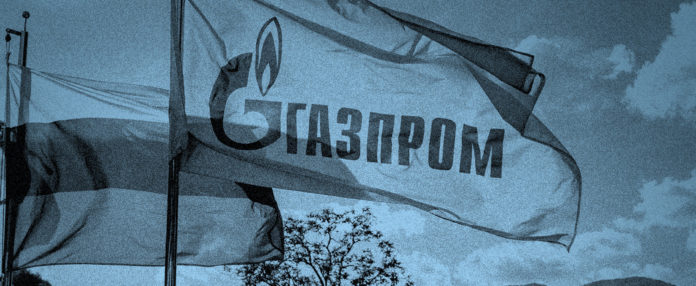Russia recently got closer to lubricant self-sufficiency with the start of white oil production by Gazpromneft-Lubricants at its Omsk refinery.
Russia has been long reliant on imported white oils, which are highly refined, odorless, colorless, non-toxic and hypoallergenic mineral oils used in cosmetics, ointments, food packaging and medical lubricants.
Gazpromneft-Lubricants unveiled its new product at the Cosmetic Industry Focus Points forum last week in Moscow, where the oils were presented as fully Russian-made, developed from domestic raw materials and using proprietary multistage hydroprocessing technology, according to technical documentation presented at the forum. Hydroprocessing removes sulfur, polycyclic aromatics and other impurities. The technology is reportedly on par with international pharmacopeia standards.
Russia’s consumer protection agency Rospotrebnadzor has deemed the new oils safe for human use following tests by the country’s Center for Hygiene and Epidemiology. The study found no irritant or allergenic effects, according to reports from the Moscow forum.
White oils account for a relatively small fraction of the overall lubricant market, but their purity requirements are far more stringent. Russia’s total lubricant consumption reached 1.8 billion liters in 2024, according to Moscow-based consultancy B2X. Prior to this launch, white oils were almost entirely imported – up to 80% of supply came from foreign sources, primarily European and Asian.
The new white oils range passed full toxicological and microbiological testing and is registered in the Eurasian registry for food-grade lubricants. They also meet Russia’s GOST standards for safety and purity, paving the way for use in tightly regulated sectors. GOST is a Russian system of technical standards for product quality and safety maintained by the Euroasian Council for Standardization, Metrology and Certification, according to CEO Anatoly Skoromets.
The timing is auspicious. Sanctions have made imports more difficult, while industries such as food and pharmaceuticals face growing regulatory scrutiny. Analysts say the Omsk project could prompt wider investment in Russian specialty base oil capabilities.
The Omsk refinery is one of the country’s largest and has a lubricants blending plant and a 220,000 metric tons per year API Group II and III base oil refinery.
Other, much smaller white oil producers in Russia include Medkhim in Samara, Liksir in Lipetsk and Roksol, based in Pyatigorsk in the North Caucasus. These companies focus mainly on medical- and cosmetic-grade oils and do not operate at the scale of Gazpromneft.
